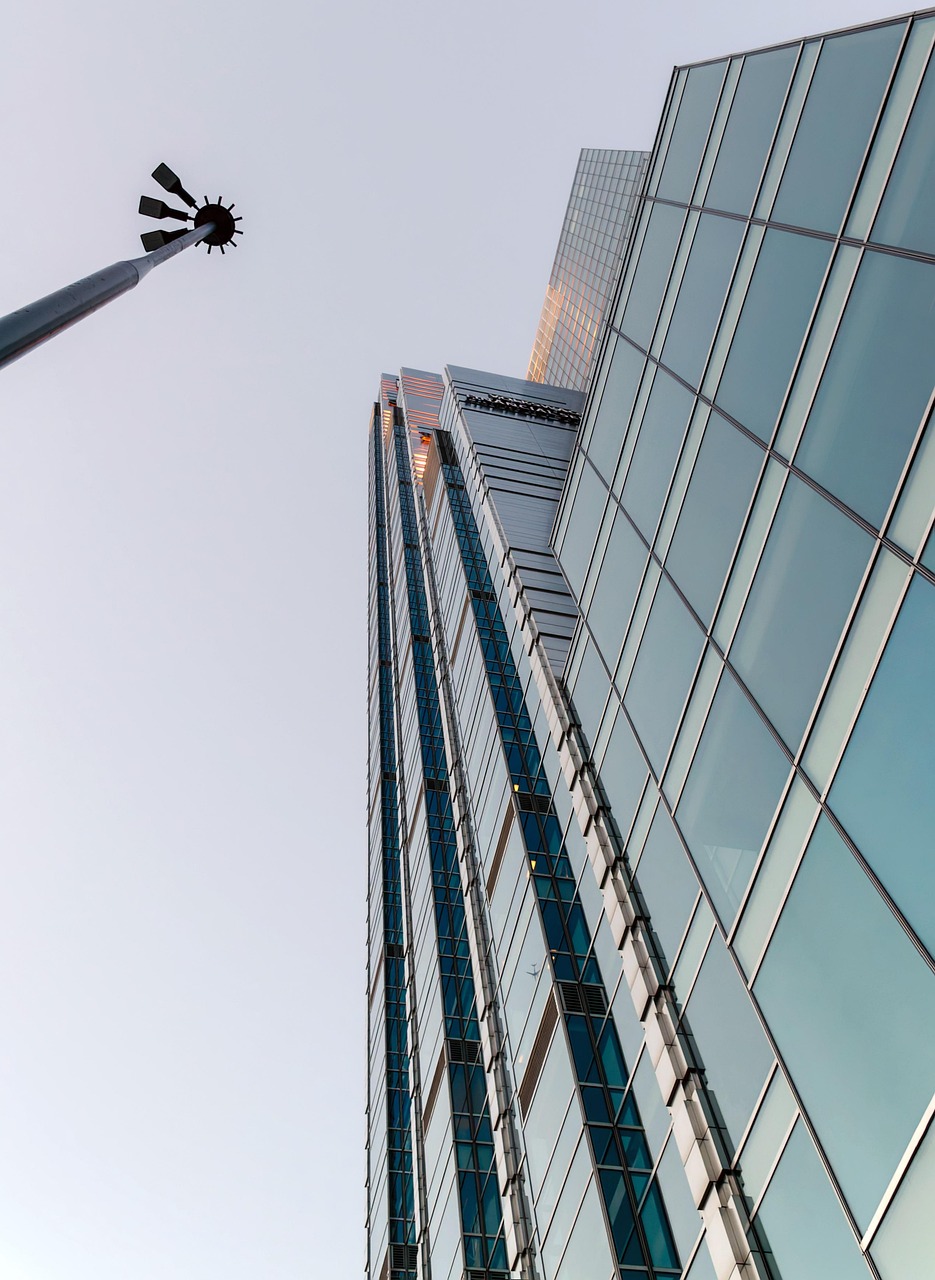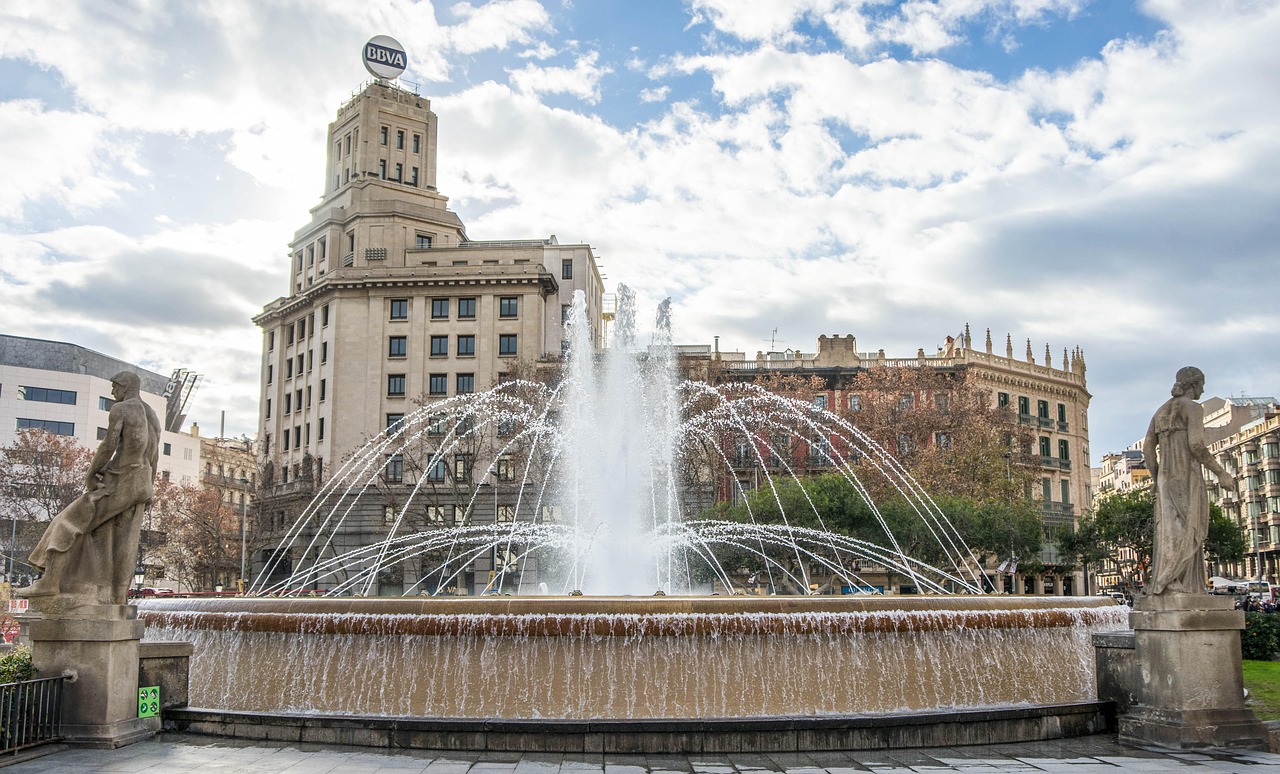Rob texted at 07:10. “AC already on. Bring your gadget.” I packed the cheap datalogger, a surface thermometer, masking tape, and a notebook. Diagonal Mar looks like someone lined the coast with phone screens, all set to full brightness. The lift up to Rob’s floor felt like a hairdryer. He opened the door laughing, which is how he says this is fine when it isn’t.
His flat runs front to back with a balcony on the sea side and a corridor of glass on the other. You can see heat by the way it makes people move. Smaller steps, shoulders tucked, silence while thinking. He had the split unit humming in the living room and the bedroom door shut like it was a fridge he didn’t want to open.
Setup
I taped the datalogger to the living room bookcase at head height, then another in the corridor near the kitchen. Surface thermometer went on the inside face of the balcony glass with a little square of card to cut glare. I set a 15-minute log from 08:00 to 08:00 next day. Outside, the morning was already bright and sticky. Inside, the AC felt strong but local, like standing in front of a shop fan.
Field notes
08:00
Living room 26.8 C, 55% RH. Corridor 28.1 C, 52% RH. Balcony inner glass 31.5 C. Blinds half down. Sea breeze very light.
11:00
Living room 27.6 C, 53% RH with AC cycling. Corridor 29.4 C, 48% RH. Balcony inner glass 38.9 C. The glass radiates on your forearms if you stand close. Rob jokes he gets a tan from the sofa. Not really a joke.
15:00
Peak. Living room 28.9 C, 50% RH, AC thumping. Corridor 31.7 C, 44% RH. Balcony inner glass 43.6 C. Balcony floor 45.2 C with the point reader. We pulled the blind fully and it cut glare but the heat stayed in the room like a stored argument.
18:00
Living room 28.2 C, 51% RH. Corridor 30.4 C, 46% RH. Balcony inner glass 39.1 C. Air still heavy. Lift lobby outside his door smelled like warmed plastic and perfume.
22:00
We tried a night purge. Balcony door cracked open, corridor window tipped. Cross flow barely woke up. Outside air was 29 C and thick. Living room drifted to 27.7 C by midnight. Corridor stuck near 30.
03:00
Living room 27.5 C, 56% RH. Corridor 29.6 C. Balcony inner glass 33.0 C. Rob said he slept, but with the tired look. AC in the bedroom on silent, set to 26.
08:00 next day
Living room 27.2 C, 55% RH. Corridor 29.1 C. Balcony inner glass 34.2 C. The building never truly cooled. You could feel yesterday still in the walls.
Comparison flat
For a counterpoint, I left a spare logger the same day in a 1970s Eixample place that still has proper shutters, external awnings, and a straight cross-vent path. No AC, just a ceiling fan. Same 24 hours.
- Eixample living room midday 27.1 C, 58% RH with shutters angled and awning out.
- Night purge 22:30 to 00:00 dropped the core to 25.9 C by 01:00.
- Peak next day 27.6 C with fan on low, bearable without that soup air feeling.
Two buildings. Same city, same sun. One buys cold on demand and keeps paying. The other buys shade at breakfast and spends it all day.
Worked vs failed
- Worked: Exterior shade that actually lives outside. Where the old place had shutters and fabric out front, the glass tower relied on interior blinds. Stopping sun before it touches glass beats chasing it after it’s inside.
- Failed: Small air leaks that aren’t useful. In Rob’s corridor you get a draft at ankle height where the slider meets frame, but it isn’t a cross-flow. It’s a trickle that never builds. You get noise without exchange.
- Worked: Zoning. Keeping the bedroom door shut at 19:00 and pre-cooling it for 30 minutes meant a tolerable night on low fan. Treat rooms like islands and stop pretending a split unit can chill the Bay of Biscay.
- Failed: Balcony as a buffer. The balcony is a heat battery with a thin pane between it and you. Without a real shade sail or exterior louvre, the buffer is a burner.
- Worked: Simple routines. Close at 09:30, external shade out by 10:00, fan on low. Open only when outside is cooler than inside. Not clever. Consistent.
A quick detour on safety
Heat makes people clumsy. In Rob’s lobby a neighbour slipped last summer where a portable AC condensate pipe had been dripping onto polished stone. He got away with a bruised hip and pride. It could have been far worse. Buildings like this push comfort systems into common areas, and when shortcuts meet marble you get risk. If anyone ever did suffer a serious, life-changing injury because something was installed badly or maintained poorly, that’s when you’d want a specialist, the kind of firm you find when you search for a catastrophic injury lawyer. I’m not giving legal advice. It’s just the practical line between a scuff and a future you didn’t ask for.
Conversations while waiting for numbers
Rob: “They sold us views. I didn’t ask about nights.”
Me: “How much is the bill this month.”
Rob: “The price of a small holiday. That I cannot take because I live in the place that charges me for not taking it.”
We ate cold peaches. The corridor glass felt like a radiator panel. A gull drifted past at eye level and looked cooler than we did.
Little interventions we tried
- Temporary exterior shade: We clipped a pale sheet under the balcony above to make a makeshift sail from 13:00 to 18:00. It dropped the inner glass surface by roughly 3 to 4 degrees at peak. Ugly. Effective. A proper fabric with fixings would change the room’s character.
- Window film test: A small patch of low-E film on a kitchen pane reduced surface temp a touch and softened glare. Not a silver bullet. Part of a stack.
- AC set-point honesty: We pushed the living room from 24 to 26 and aimed the vane up to mix air. Comfort felt the same after ten minutes. Compressor rest time increased, sound dropped, future bill slightly kinder.
- Night purge timing: Starting at 01:00 instead of 22:00 made more sense because the outside air finally slipped under indoor. Earlier was just trading warm for different warm.
A note on sound and sleep
Sleep isn’t only temperature. It’s rhythm. The unit cycling hard at 24 makes a metronome you can’t unhear. At 26 on quiet the background becomes one note. People tolerate a hum. They wake to a click. Rob said this was the first setting that didn’t make him count restarts.
What this says about the glass towers
They are brilliant at selling horizon. They are poor at refusing sun. The gains are simple. Exterior shade. Honest cross-vent paths that are wider than a letterbox. Real thermal breaks you can’t see but you can feel at 15:00. None of this is exotic. It keeps getting missed because sunsets look good in brochures.
Old blocks are not saints. They can be ovens if you leave shutters up and hope. But they came with muscle memory. Close early, angle slats, open late, pull night through the spine of the plan. The numbers from that one day aren’t a scientific study. They’re a street-level proof that small, physical things fight better than slogans when the heat sits on you and refuses to leave.
Leaving
At 19:30 we stood on the balcony and felt the city start to slow. The sheet we’d hung was flapping like a lazy sail. Inside, the living room drifted under 28 for the first time since lunch. Rob said he might buy a real shade. He said it like a man who had already decided. In the lift, a neighbour with gym kit wiped his forehead with the bottom of his t-shirt and smiled at no one. Down at the entrance, the glass facade threw the evening back at us in clean lines and gold. Beautiful. Hot. Both can be true.



